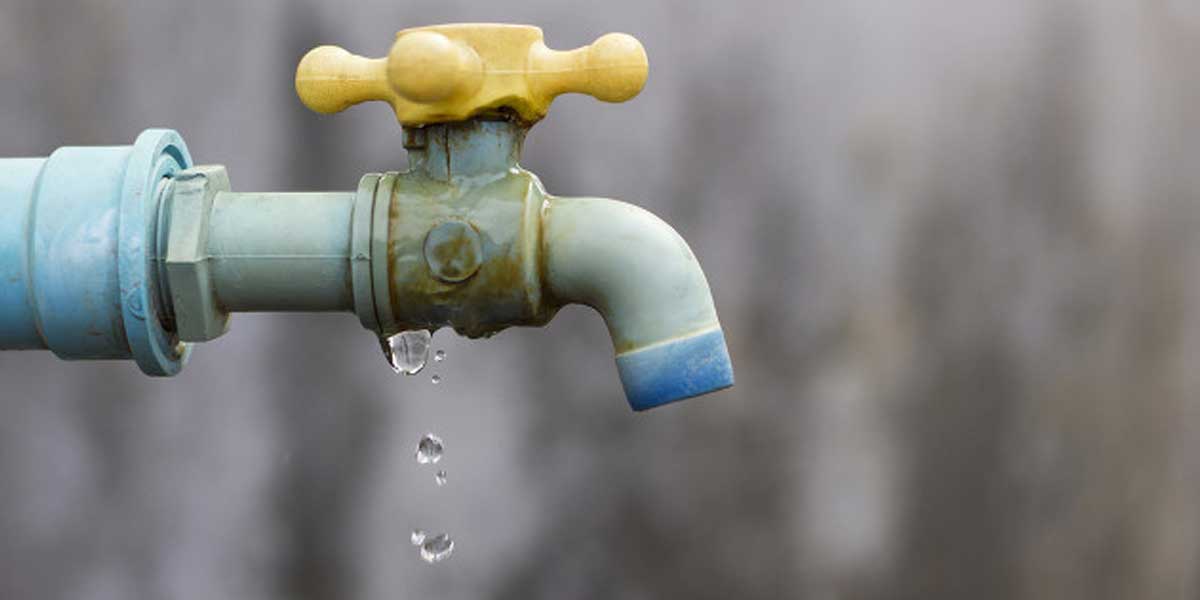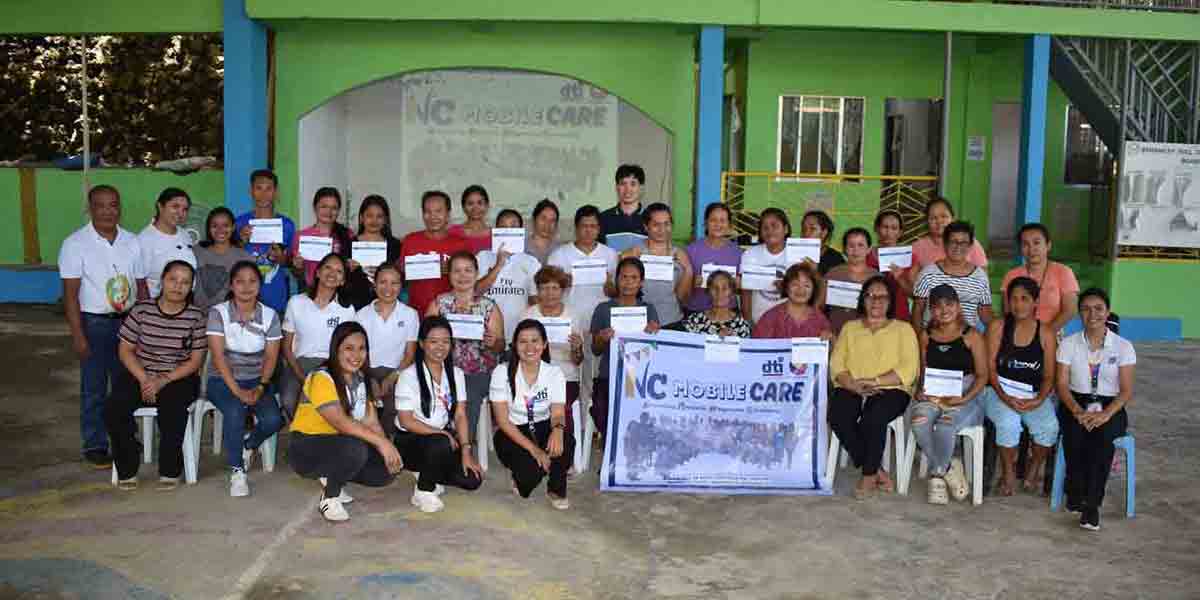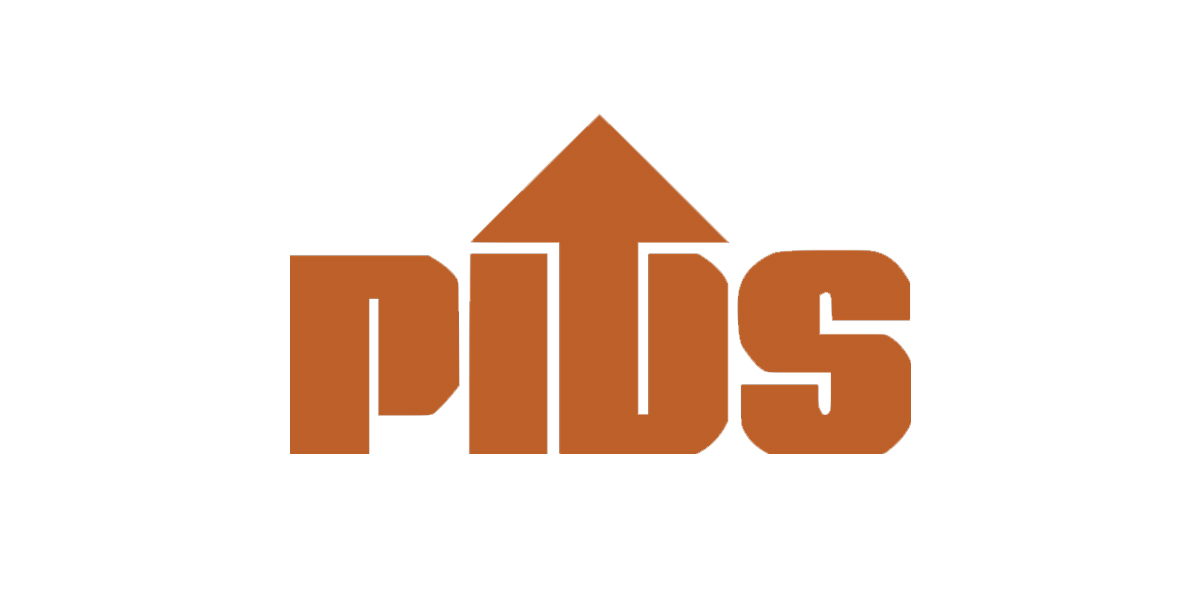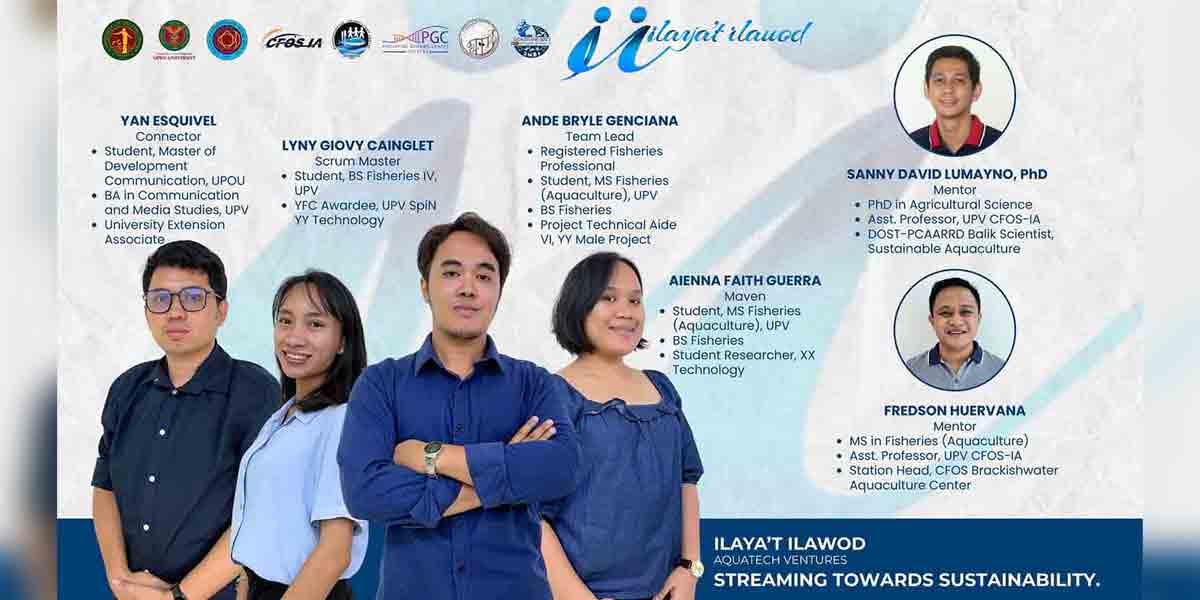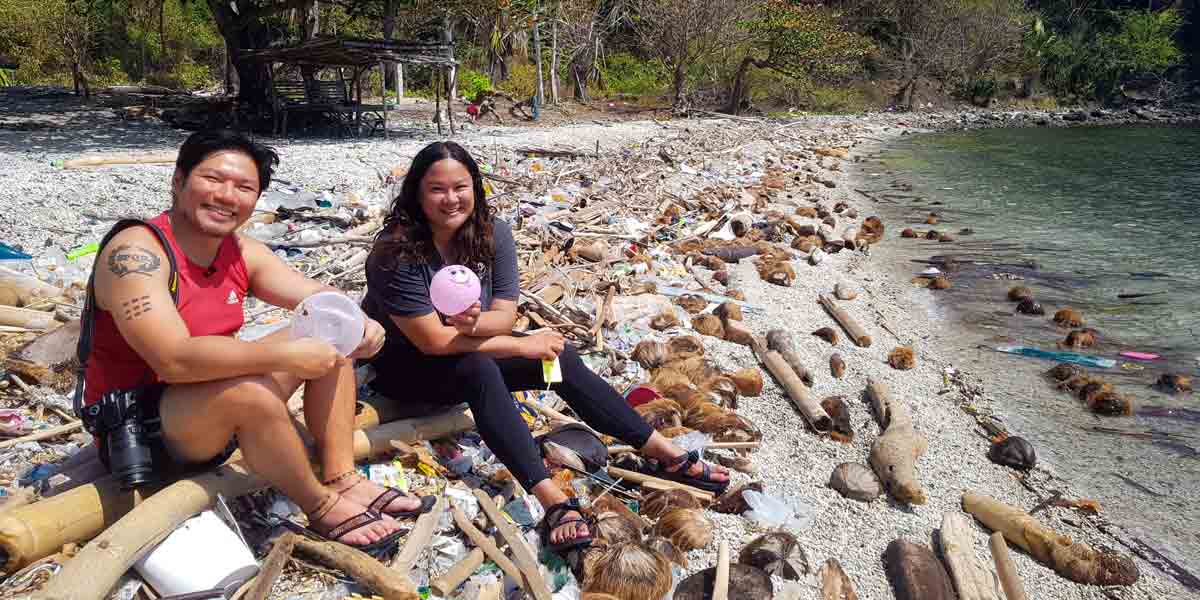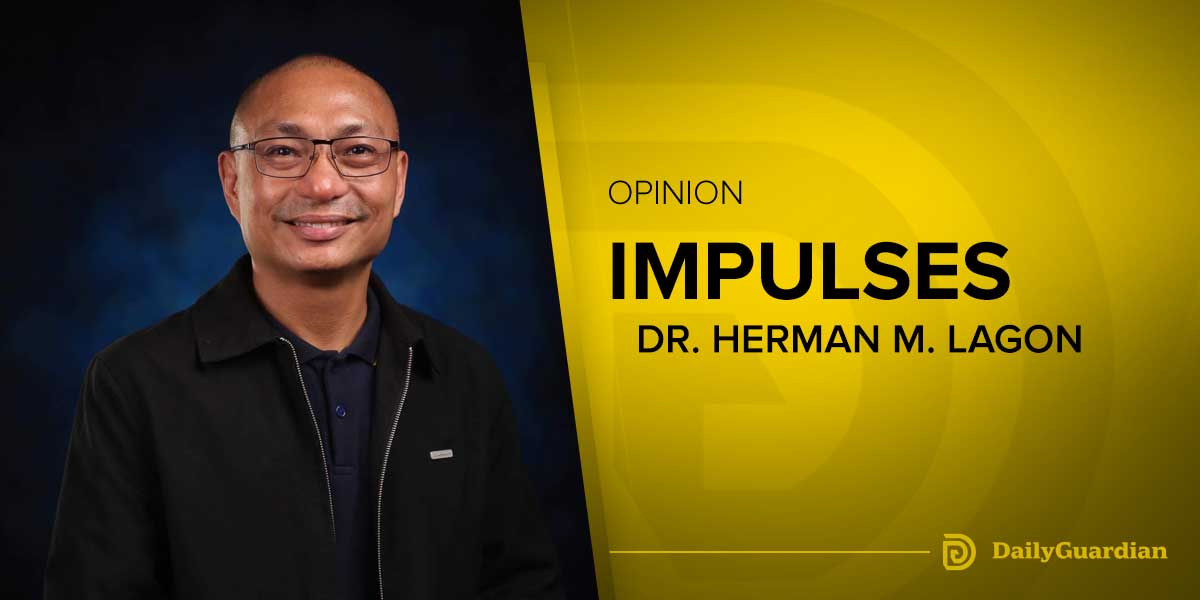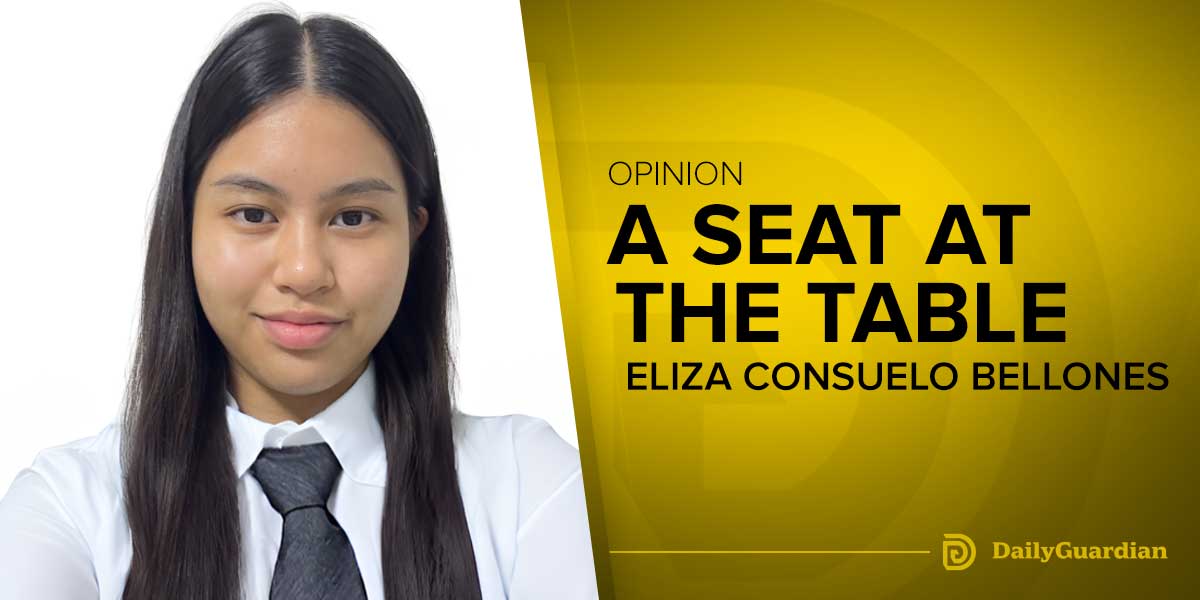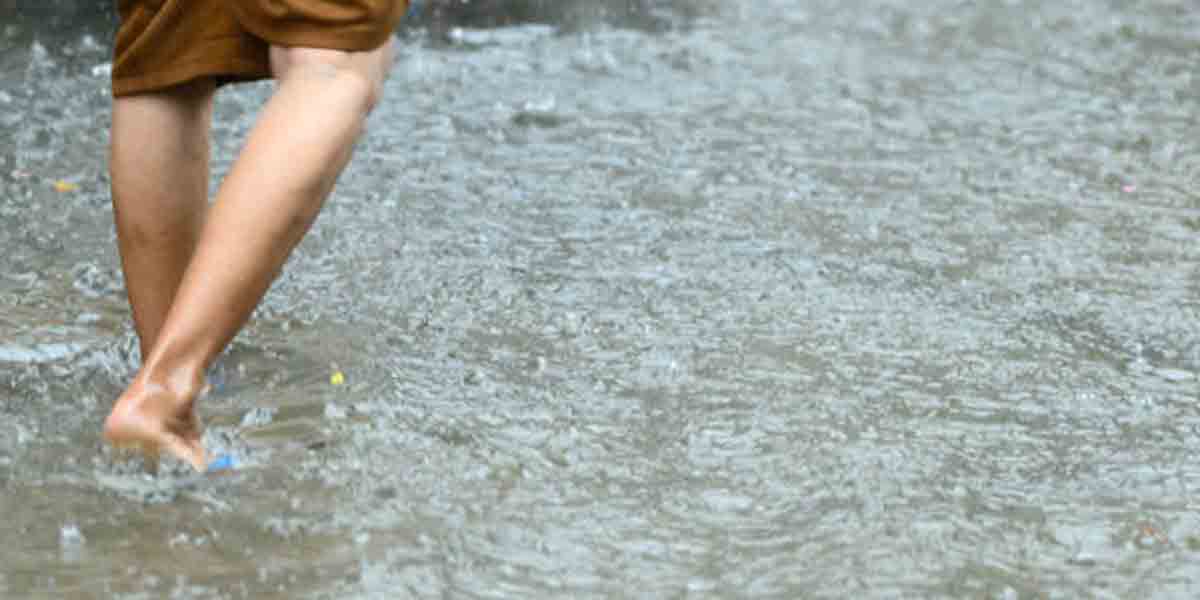By Herbert Vego
IN his YouTube vlog “Politika All the Way,” host Jojo Alejar of One News PH asked Larry Gadon – the Presidential Adviser for Poverty Alleviation – what he thought of the senatorial surveys that are being touted as “snap shots” of who could make it to the “magic 12” on May 12, 2025.
“Propaganda,” he quipped.
It was the first time I heard a government official pass that judgment. I haven’t heard it from the so-called political analysts who, on the contrary, turn to surveys to predict the likely winners.
The candidates in the “magic 12” naturally make use of the same surveys to project winnability.
I heard party-list congressman Erwin Tulfo, a senatorial candidate of the administration’s Alyansa para sa Bagong Pilipinas, brag in his radio/TV program Punto Asintado,, “I am No. 1 in the list of eight survey firms.”
I could remember only seven: Social Weather Stations (SWS), Pulse Asia, Octa Research, Laylo Research, Publicus Asia, WR Numero Research and Tangere.
The latest survey of Pulse Asia pits together Erwin Tulfo and re-electionist Sen. Bong Go in a statistical tie on first/second place “if the election were held today.” The others in the top 12 are former Senate President Tito Sotto, Senator Bong Revilla, Senator Ronald “Bato” dela Rosa, Willie Revillame, Ben Tulfo, fomer Senator Manny Pacquiao, Senator Lito Lapid, Makati City Mayor Abby Binay, Senator Pia Cayetano and Las Piñas Representative Camille Villar.
Frankly, like Gadon, I see no reason why the alleged 1,200 survey respondents nationwide would have those choices. Why, we have no way of knowing who they are.
I bet none of you reading this have been surveyed – just like me.
Using the SWS’ 1,200-response sampling, 300 samples come from each of the four strata — NCR, the rest of Luzon, Visayas, and Mindanao. Thus, if we go by common sense, how could 1,200 or even double that number of respondents represent the 68.43 million Filipinos who have registered to vote on May 12, 2025?
Beyond believing in the surveys because they are “scientific,” their adherents could not come up with sensible grounds to support the “winnability” of the “top 12”.
If we take it from a cynical statistician named David Yap II — a graduate of the University of the Philippines School of Statistics – “it obfuscates its lack of credibility by invoking statistical methodologies that are not easily understood by many Filipinos.”
The undeniable truth is that the surveys are mind-conditioners aimed at influencing the voters to go for the “winning candidates”. They could legitimize or sanitize fraudulent election outcomes.
Sad to say, candidates pay for surveys in the hope of being catapulted to the top. From memory, I recall a newspaper interview with then Navotas City Congressman Toby Tiangco a few weeks before the May 2013 senatorial election. He revealed that Pulse Asia was charging his party, the United Nationalist Alliance (UNA), P1.9 million per monthly survey of the senatorial race.
It resulted in UNA’s first-time senatorial candidate Nancy Binay placing 4th in the final Pulse Asia survey and 5th among the 12 elected senators.
To this day, the print, broadcast, TV and online media re-echo the survey results, further boosting the intended propaganda value.
To sum it up, political surveys target at least two objectives: first, to induce the voters into voting for the “winning candidates”; and second, to lend credibility to the matching election results.
Why not frustrate them by voting for whom we think are the right choices?

